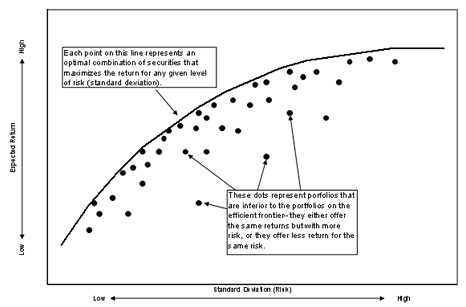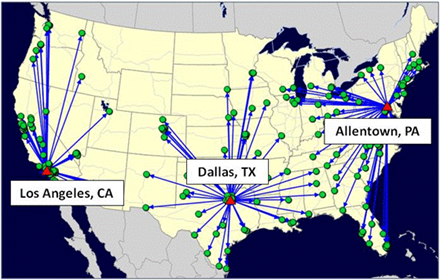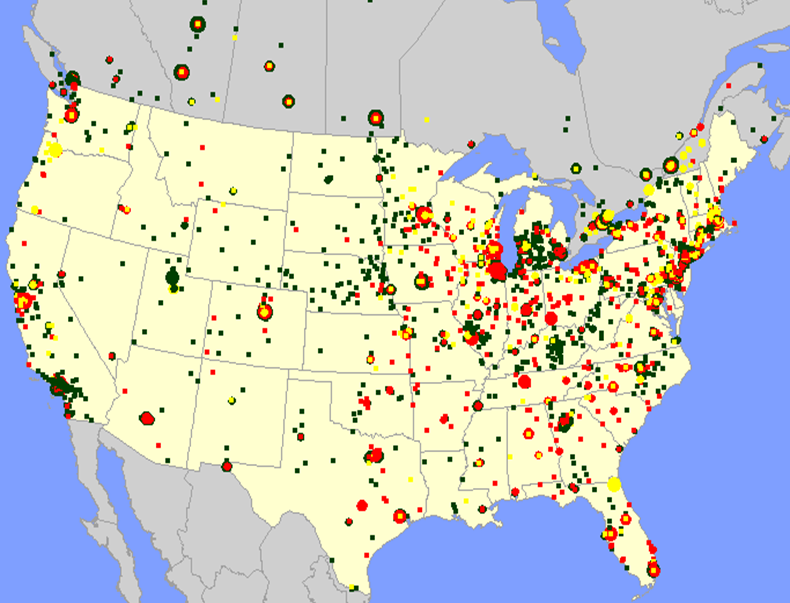Today’s Wall Street Journal featured an article on the growing popularity of supply chain management in MBA and undergraduate programs. Here is the opening of the article:
Call it a problem of supply and demand.
With global operations becoming more complex, companies in manufacturing, retail and technology—and the consulting firms that service them—are scrambling to hire people with supply-chain expertise. But these experts are hard to come by.
Sensing growing demand, more than a half-dozen universities have recently introduced undergraduate majors, M.B.A. concentrations and even entire degree programs dedicated to procurement, inventory management and global supply-chain strategy.
This again shows the continued importance of network design. Bringing network design to the classroom can enhance the student’s learning. I have had good success using IBM’s LogicNet Plus in the classroom at Northwestern. And, the students seem to get a lot out of using a commercial tool. If you are a professor teaching this topic, we have a lot of material to help get you started. And, drop me a note if you would be interested in a more in-depth discussion.


